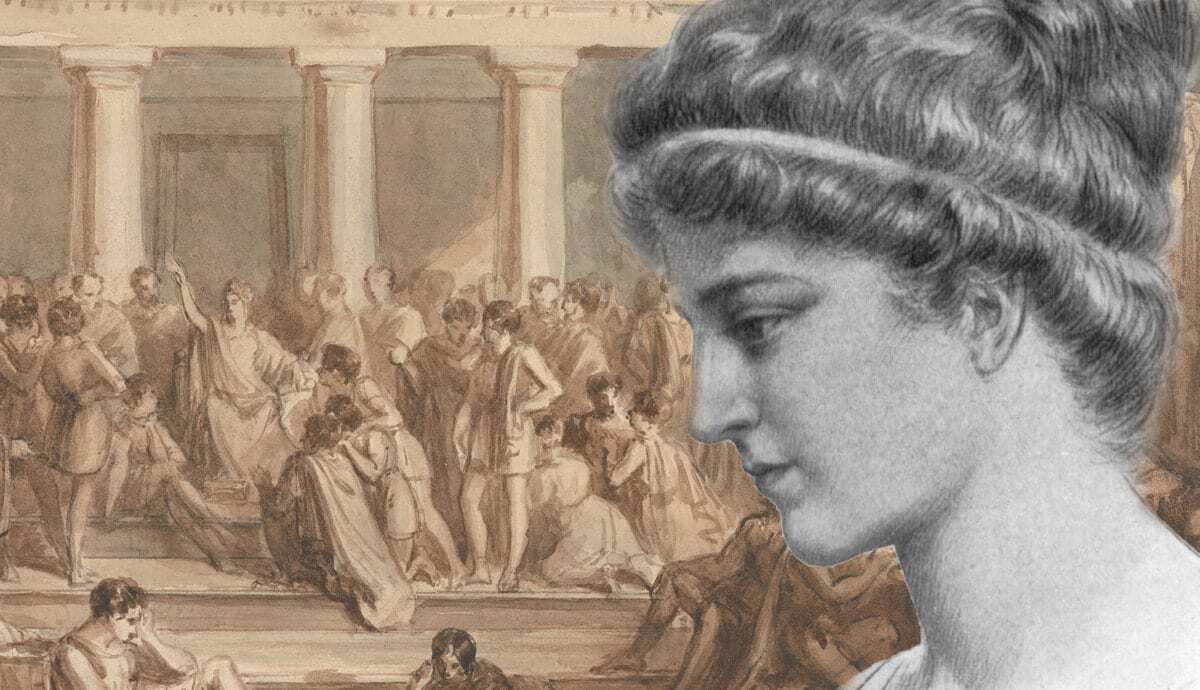
Who was Jim Corbett? Jim Corbett was a British-Indian hunter, tracker, naturalist, and author who became famous for hunting man-eating tigers and leopards in India. Born in 1875, he spent much of his life in the Kumaon region, where he developed a deep understanding of wildlife and the environment. Why is he significant? Corbett's efforts in conservation led to the establishment of India's first national park, which was later named Jim Corbett National Park in his honor. His books, like "Man-Eaters of Kumaon," offer thrilling accounts of his adventures and insights into the behavior of big cats. What can we learn from him? Corbett's life teaches us the importance of respecting nature and the need for wildlife conservation. His legacy continues to inspire environmentalists and animal lovers worldwide.
Key Takeaways:
- Jim Corbett, a legendary hunter and conservationist, dedicated his life to protecting wildlife and helping villagers in India. His books and adventures continue to inspire wildlife enthusiasts and conservationists worldwide.
- Jim Corbett's legacy lives on through the Jim Corbett National Park, schools and institutions named after him, and the Corbett Foundation, which works towards wildlife conservation and community development. His impact on popular culture and wildlife conservation efforts remains significant.
Early Life and Background
Jim Corbett, a legendary figure, has a fascinating life story. Here are some intriguing facts about his early years and background.
- Born on July 25, 1875, in Nainital, India, Corbett was the eighth of thirteen children.
- His father, Christopher William Corbett, was a postmaster in Nainital.
- Corbett's mother, Mary Jane Corbett, was known for her strong will and resourcefulness.
- He grew up in a large estate called 'Arundel' in Kaladhungi, which later became his winter home.
- Corbett was of Irish descent, with his family having migrated from Ireland to India.
Career as a Hunter
Jim Corbett is best known for his exploits as a hunter. His encounters with man-eating tigers and leopards are legendary.
- Corbett started hunting at a young age, learning the skills from local villagers and his own experiences.
- He became famous for hunting man-eating tigers and leopards that terrorized villages in India.
- Corbett's first major success was the killing of the Champawat Tiger in 1907, which had claimed 436 lives.
- He used his keen understanding of animal behavior and jungle lore to track and hunt these dangerous predators.
- Corbett often risked his life, venturing into dense forests alone to protect villagers.
Conservation Efforts
Despite his reputation as a hunter, Corbett was also a pioneer in wildlife conservation.
- He grew increasingly concerned about the declining numbers of tigers and other wildlife.
- Corbett advocated for the establishment of national parks to protect wildlife habitats.
- In 1936, he played a key role in the creation of India's first national park, initially named Hailey National Park.
- The park was later renamed Jim Corbett National Park in his honor.
- Corbett's books and lectures raised awareness about the importance of wildlife conservation.
Literary Contributions
Jim Corbett was not just a hunter and conservationist; he was also an accomplished author.
- He wrote several books detailing his hunting adventures and experiences in the Indian jungles.
- His most famous book, "Man-Eaters of Kumaon," was published in 1944 and became an instant bestseller.
- Corbett's writing style was vivid and engaging, bringing the jungle and its inhabitants to life for readers.
- His books have been translated into multiple languages and continue to be popular worldwide.
- Corbett's literary works have inspired many to appreciate and protect wildlife.
Personal Life and Legacy
Jim Corbett's personal life and legacy are as remarkable as his professional achievements.
- He never married, dedicating his life to his work and the people of India.
- Corbett was known for his humility and kindness, often helping villagers in need.
- He was awarded the Kaisar-i-Hind Medal for his services to the British Indian Empire.
- Corbett moved to Kenya in 1947, where he spent the last years of his life.
- He passed away on April 19, 1955, in Nyeri, Kenya, leaving behind a lasting legacy.
Influence on Popular Culture
Jim Corbett's life and work have had a significant impact on popular culture.
- His books have been adapted into films and documentaries, bringing his stories to a wider audience.
- The 1948 Hollywood film "Man-Eater of Kumaon" was loosely based on his book.
- Corbett's life has been the subject of numerous biographies and scholarly works.
- His adventures have inspired countless wildlife enthusiasts and conservationists.
- Corbett's legacy continues to influence modern wildlife conservation efforts.
Honors and Memorials
Jim Corbett's contributions have been recognized and honored in various ways.
- The Jim Corbett National Park remains one of India's premier wildlife sanctuaries.
- Several schools and institutions in India are named after him.
- Statues and memorials have been erected in his honor in various locations.
- The Corbett Foundation, established in 1994, works towards wildlife conservation and community development.
- Corbett's legacy is celebrated annually on his birth anniversary, with events and activities promoting wildlife conservation.
Final Glimpse at Jim Corbett
Jim Corbett's life was nothing short of extraordinary. From his fearless hunts to his deep love for wildlife, Corbett left an indelible mark on conservation efforts. His books, like "Man-Eaters of Kumaon," continue to inspire readers worldwide. Corbett's legacy lives on in the national park named after him, a haven for tigers and other wildlife. His efforts in preserving India's natural heritage remind us of the importance of protecting our environment. Whether you're a history buff or a nature enthusiast, Jim Corbett's story offers valuable lessons on courage, compassion, and conservation. Dive into his adventures, and you'll find a world where man and nature coexist in harmony. So next time you think of tigers, remember the man who dedicated his life to saving them. Jim Corbett's legacy is a testament to the power of one person's passion and dedication.
Frequently Asked Questions
Was this page helpful?
Our commitment to delivering trustworthy and engaging content is at the heart of what we do. Each fact on our site is contributed by real users like you, bringing a wealth of diverse insights and information. To ensure the highest standards of accuracy and reliability, our dedicated editors meticulously review each submission. This process guarantees that the facts we share are not only fascinating but also credible. Trust in our commitment to quality and authenticity as you explore and learn with us.


